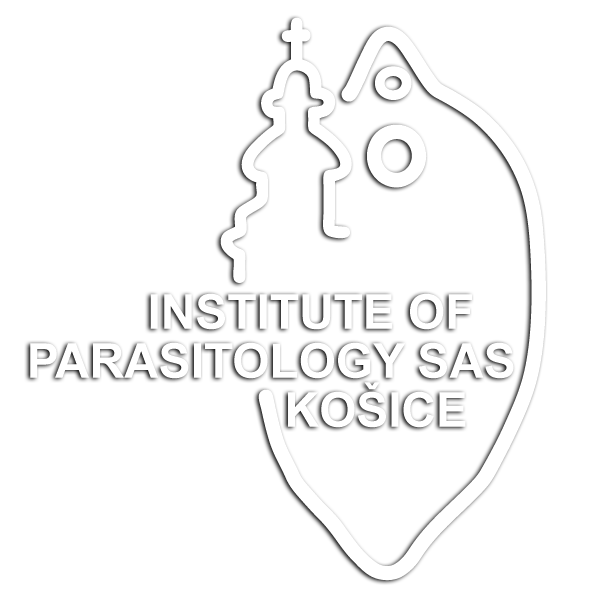Laboratory of Population Genetics is focused on research studying the patterns of the genetic structure on populations of parasites across different enzootic regions and natural foci in Europe and also the other continents. It is focused on medically and veterinary imported tapeworms (Cestoda) and flukes (Trematoda). The core model parasites are giant liver fluke (Fascioloides magna), a liver parasite of domestic and free-living ruminants, and Dibothriocephalus latus and Dibothriocephalus dendriticus, tapeworms from the order Diphyllobothriidea parasitizing humans. Molecular and genetic analyses of different mitochondrial genes and ribosomal subunits are utilized for the determination of their phylogenetic lineages, origin, and migratory routes. Furthermore, the de novo design of polymorphic multilocus microsatellite markers is routinely performed in the laboratory. Originally designed microsatellite loci are applied in the population genetic studies focused on the dispersal history and colonization scenarios of introduced populations. The relation between the current distribution and historical migration of the hosts is researched as well.
